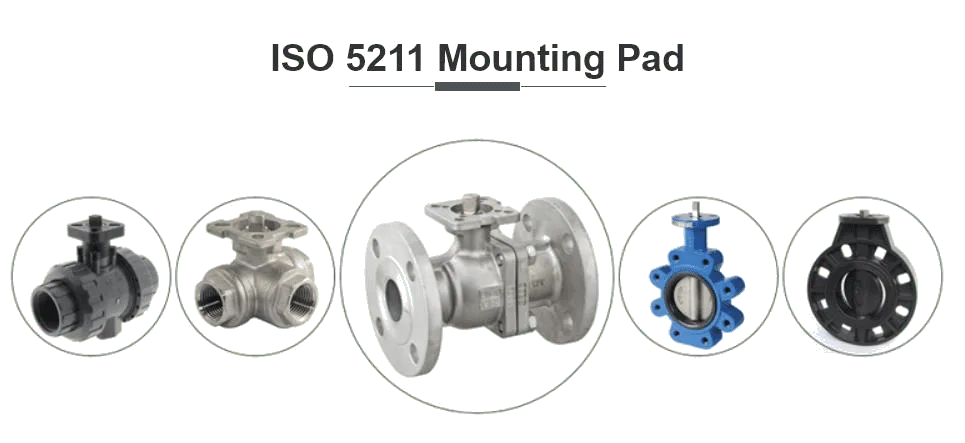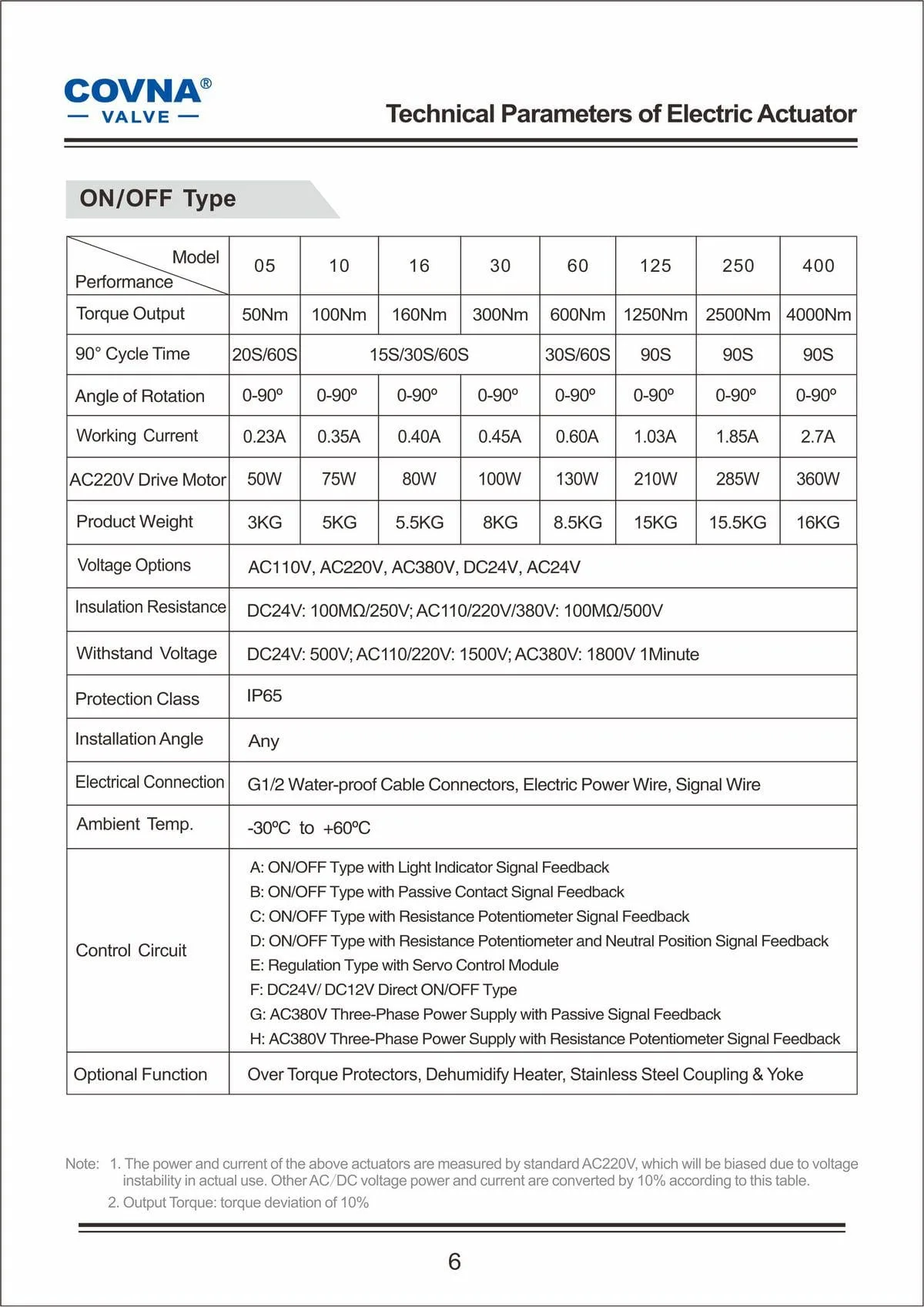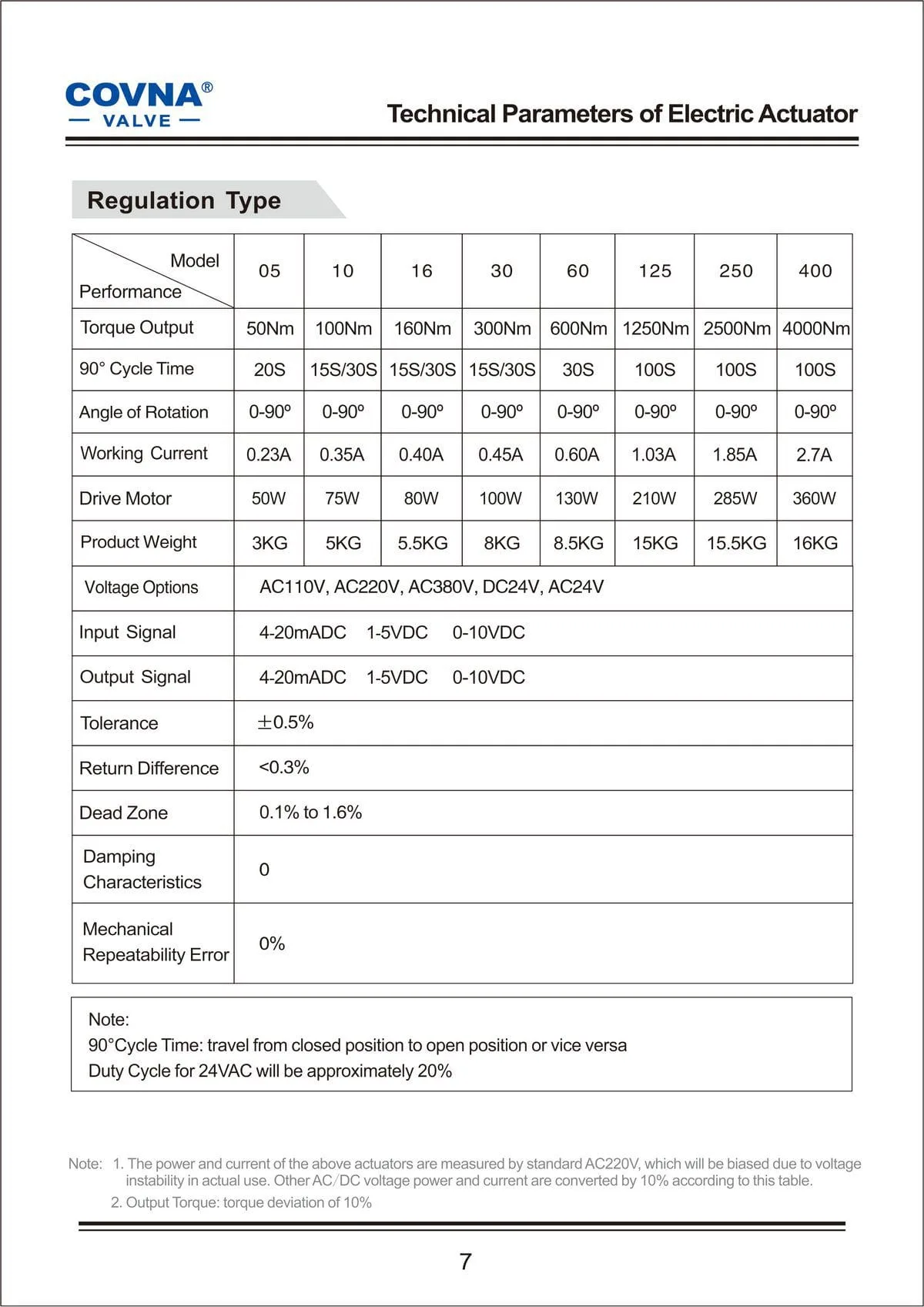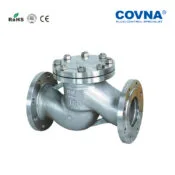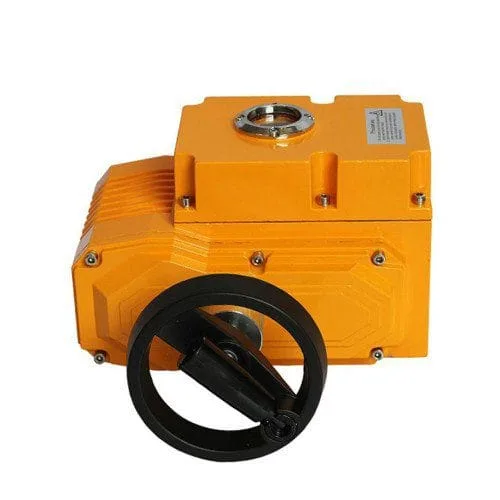
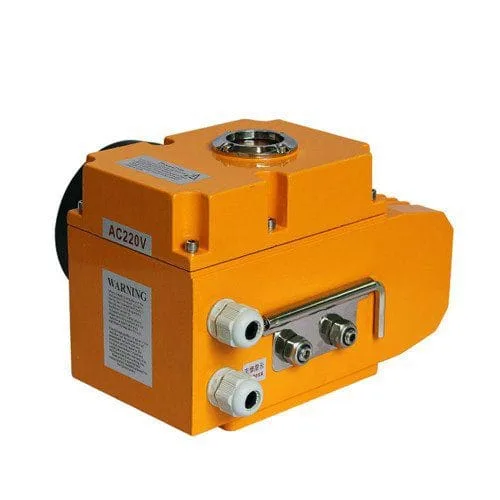
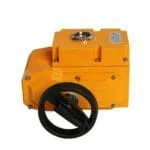
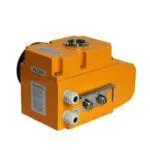
COVNA C-05-Ex Series Explosion-proof Electric Actuator
COVNA C-05-Ex explosion-proof electric actuator, aluminum alloy body construction, light weight, reduce electromagnetic interference, strong corrosion resistance, IP67 / IP68 protection grade, with Manual override . 4-20mA or 0-10VDC regulating control is optional. ISO 5211 direct mounting pad, standard handwheel operation, leverhandle is at the back of the actuator. suitable for 0-270° rotary valve, like ball valve, butterfly valve.
- Model: C-05-Ex
- Size Range: C-05 to C-400
- Pressure Range: 1.0 to 6.4MPa
- Material: Aluminum Alloy
COVNA C-05-Ex Series Explosion-proof Electric Actuator
The electric actuator comes with a protection grade of EXD ǀǀ Bt 4 explosion-proof inside a modular rotary electric actuator which provides 0-360° full-range rotation and IP67/IP68 waterproof and dustproof standards. With its closed squirrel cage motor configuration, the structure is compact, It has a high torque, very low inertia force, and rotation with F-class insulation, built-in overheating protective switch, protecting the motor from damage due to excessive heat in the motor windings. Also, the form of aluminum alloy die-casting shell is smooth which reduces electromagnetic interferences. It has intelligent CNC template which freely sets the computation digitally with high precision, it also guarantees multiple signal outputs like switch-type, smart control, proportional, and intelligent control with no dead spaces at important intersections while minimizing gaps with an integrated structure ensuring maximum volume-to-surface ratio. It is fully maintenance-free, no refueling required, waterproof, rustproof, able to be installed at any angle.
